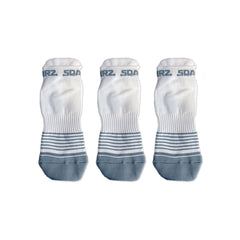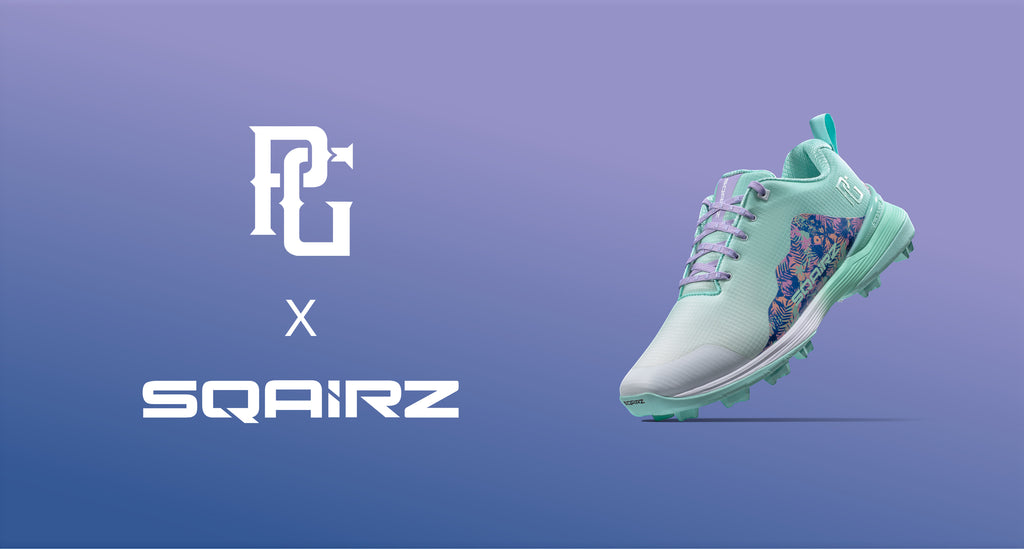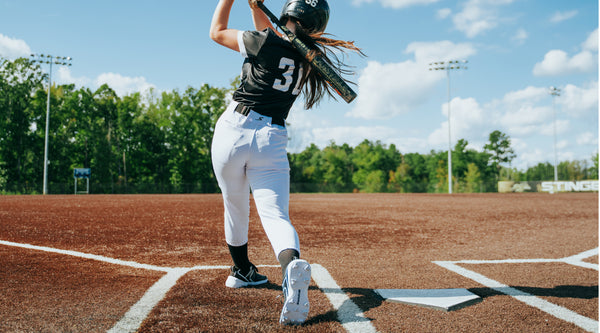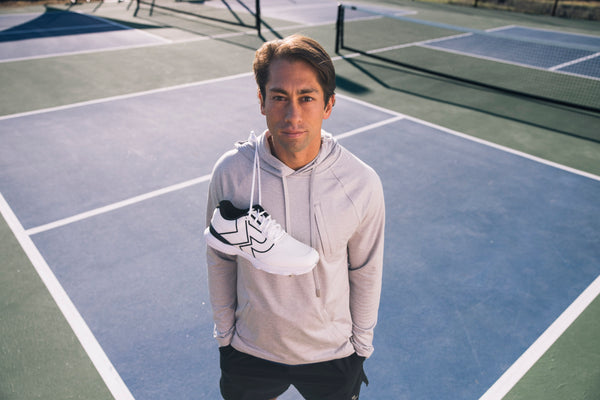What does it take to create the world’s best golf shoe? In this blog series, we examine four standout features of SQAIRZ’s performance-boosting footwear, with insights from Jonathan Bacon, Director of Design and Development.
Heel stabilizers for athletic footwear have been around since the 1970s, but a lot has changed since the era of ruffled golf shoes and groovy polyester prints. SQAIRZ’s cutting-edge design combines this critical back-end support with our innovative squared toe to produce superior balance and stability throughout the foot—and throughout your swing. You’ll generate more kinetic energy via the ground force reaction, adding significant distance.
How it works
The heel stabilizer centers the foot within the shoe, preventing it from rolling or shifting from side to side. Proper alignment means you’ll create a more solid connection with the ground, with a better feel for the pressure points on the bottom of your feet as you move through your swing. Your walking gait will have a more fluid, efficient motion, ensuring you reach the eighteenth hole free of heel pain and fatigue. “The stabilizer is such a great performance feature,” says Jonathan Bacon, who heads up the design team at SQAIRZ. “It’s like a lightbulb going off when you see what happens as you add stability to the heel.”
Pro tip: For maximum comfort, pair your SQAIRZ shoes with our cushioned socks, which have extra cushiness around the heel and a high heel tab to prevent your socks from slipping down.
Singularly solid
SQAIRZ’s heel stabilizer is made of Thermoplastic Polyurethane (TPU), a strong synthetic material that becomes flexible when cut thinly while retaining its durability. You can spot it on the back of SQAIRZ shoes, either just above or connected to the cushioned midsole. Not visible is how the stabilizer cradles the heel within the shoe’s interior, then extends forward under the foot. “Even if you had a really flimsy upper shoe, which we don’t,” Jon says, “you would still get plenty of support because of this one solid piece.”
Too much of a good thing
Buyer beware: just as a shoe can have excessive cushioning, it’s possible to overdo the structural components. This adds excessive weight, compromises comfort, and impairs performance. “As soon as you put the shoe on, you can feel it,” Jon says. “It’s like trying to hit a golf ball in hiking boots. You can definitely overbuild things.”
Proven results
The key to perfecting SQAIRZ’s heel stabilizer was rigorous testing. Jon’s team began the process by personally trying out their work in progress. “We would swing a club in our bare feet, a lightweight shoe, and our shoe,” he recalls. “Then we made shoes with and without the heel stabilizer and tested them at the BodiTrack lab.”
The results? “Every time we tested, there was more distance from having that added structure,” he says, “usually an extra five to seven yards.”
Compare your former favorites to SQAIRZ shoes to experience the measurable impact of our heel stabilizer—and of another high-tech SQAIRZ advantage, which we’ll introduce in our final post of this series.





